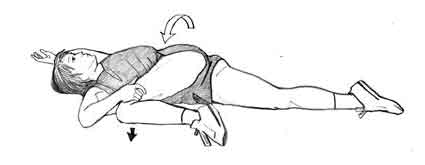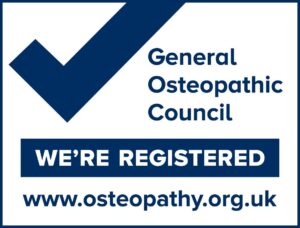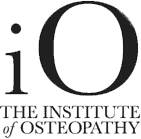Disc Damage
Most commonly seen disc damage at The Backbone Clinics.
The most common condition that Osteopaths are known for treating are back pain and spinal issues. We see many degrees of disc damage in our line of work. Some of the more common issues patients present with at The Backbone Clinics are:
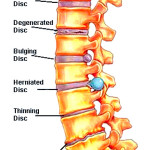 Disc Degeneration: This is where the disc wears out and decreases in size. It can also result in small bony growths on the vertebrae which are the bodies way of compensating for loss of disc height. These bony growths are called Osteophytes.
Disc Degeneration: This is where the disc wears out and decreases in size. It can also result in small bony growths on the vertebrae which are the bodies way of compensating for loss of disc height. These bony growths are called Osteophytes.
Disc Bulges: This happens when the ligament surrounding the disc becomes weakened and the the supporting muscles around the spine are weak causing instability and a bulge.
Disc Prolapse: The ligament supporting the disc becomes damaged with a tear and the disc fluid starts to seep out.
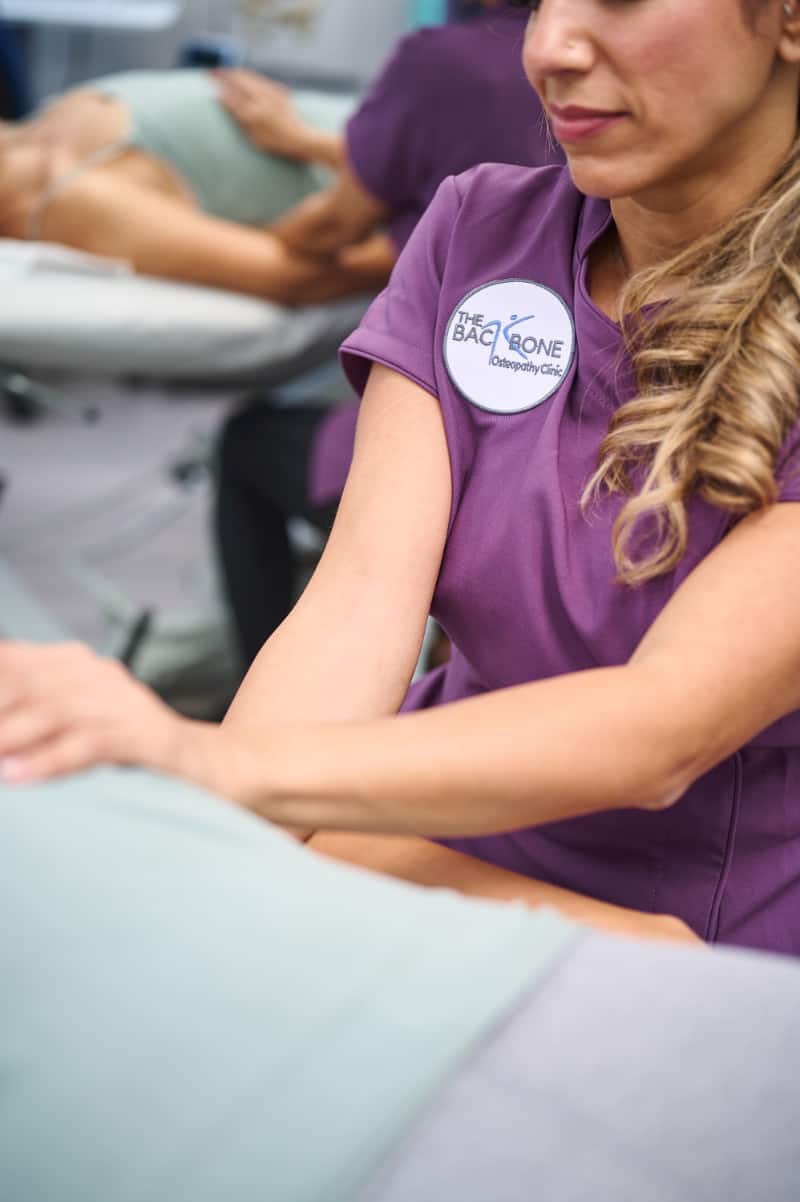
So what causes disc damage?
The discs are gel-like supportive structures between the vertebrae (bones of the spine). Their purpose is to absorb impact of the force going through the spine. When this gel-like structure becomes worn and dehydrated it leaves it very vulnerable to damage. There are many reasons this can occur. Such as:
- Age related
- Heavy lifting
- Poor posture
- Obesity
- High impact sports (running, squash, tennis)
- Lack of exercise causing poor core muscle tone
- Illness
- Injury/ Falls/ Accidents
Symptoms of disc damage.
The symptoms of disc damage will vary according to the area of the spine affected. A few possible symptoms are:
- Back pain
- Neck pain
- Pain radiating down a leg
- Headaches
- Radiating pain in an arm
- Worsening pain associated with bending forwards or sitting for a long time
- Worsening pain when coughing or sneezing
- Numbness or pins-and-needles in an arm or leg.
Self Help for Disc Damage
For some FREE information and advice regarding your disc injury please email The Backbone Osteopathic Practice on: info@thebackbone.co.uk and include your full name, a contact number, the condition you want to learn more about and we will email you more information on that condition.
TIP 1 - Alternating hot and cold to the area of the spine affected can reduce inflammation. We recommend to use an ice pack or a pack of frozen peas does the job! Wrap in a cloth (never apply ice packs or ice directly to skin as can cause skin damage). Alternate with a hot water bottle or heat pack wrapped in a cloth. 20 minutes hot and 20 minutes cold for a few hours after injury. Always finish on COLD. This will help reduce inflammation.
TIP 2 - Avoid sitting, particularly on soft sofas. Keep the spine straight. Standing or lying flat on your back with a pillow under the back of your knees will help relieve the tension in the spine.
Stretches for Disc Damage
Below are a few simple stretches you can do if the problem area is the lower back. If you feel the stretches are aggravating your condition, please stop them immediately and contact your GP or book an appointment with us so we can help diagnose the problem and give you exercises specific to your condition.
Knee Hugs
-
- Lie on back and bring both knees into chest and circle clockwise 10 times and the anti-clockwise 10 times.
- Lie on back and bring one knee up at a time and circle clockwise 10 times and anti-clockwise 10 times.
- Lie on back, and bring right leg up and across body. Twist into stretch. Hold for count of 10 and lower legs. Repeat 10 times for each leg.
